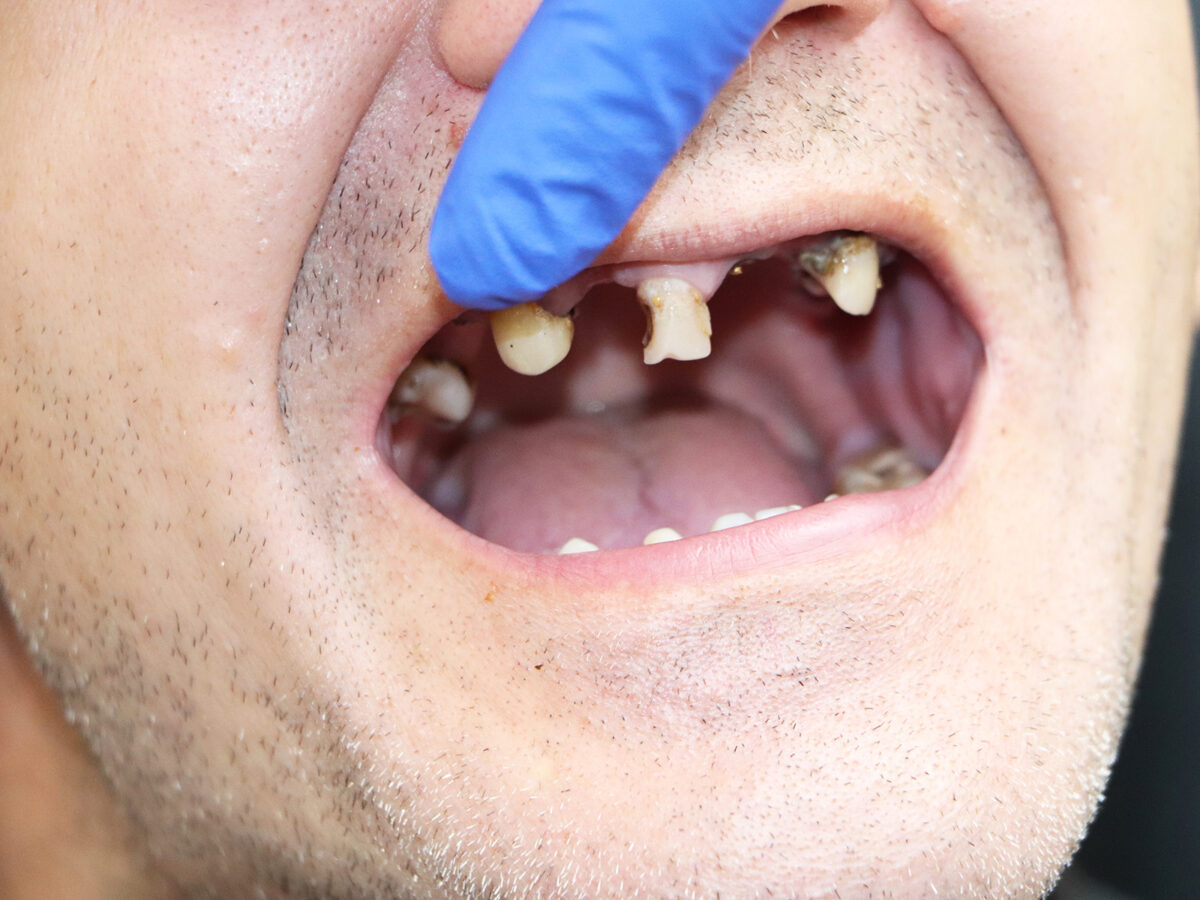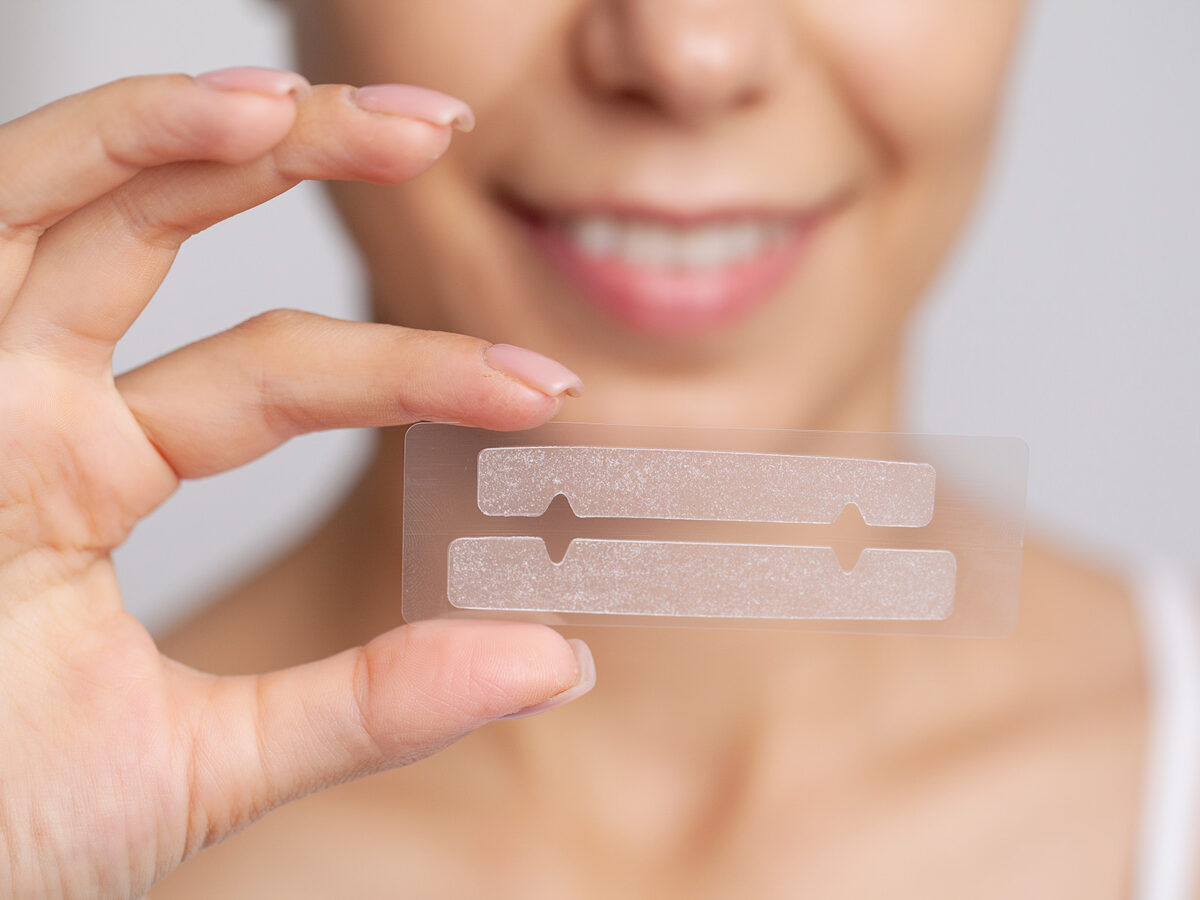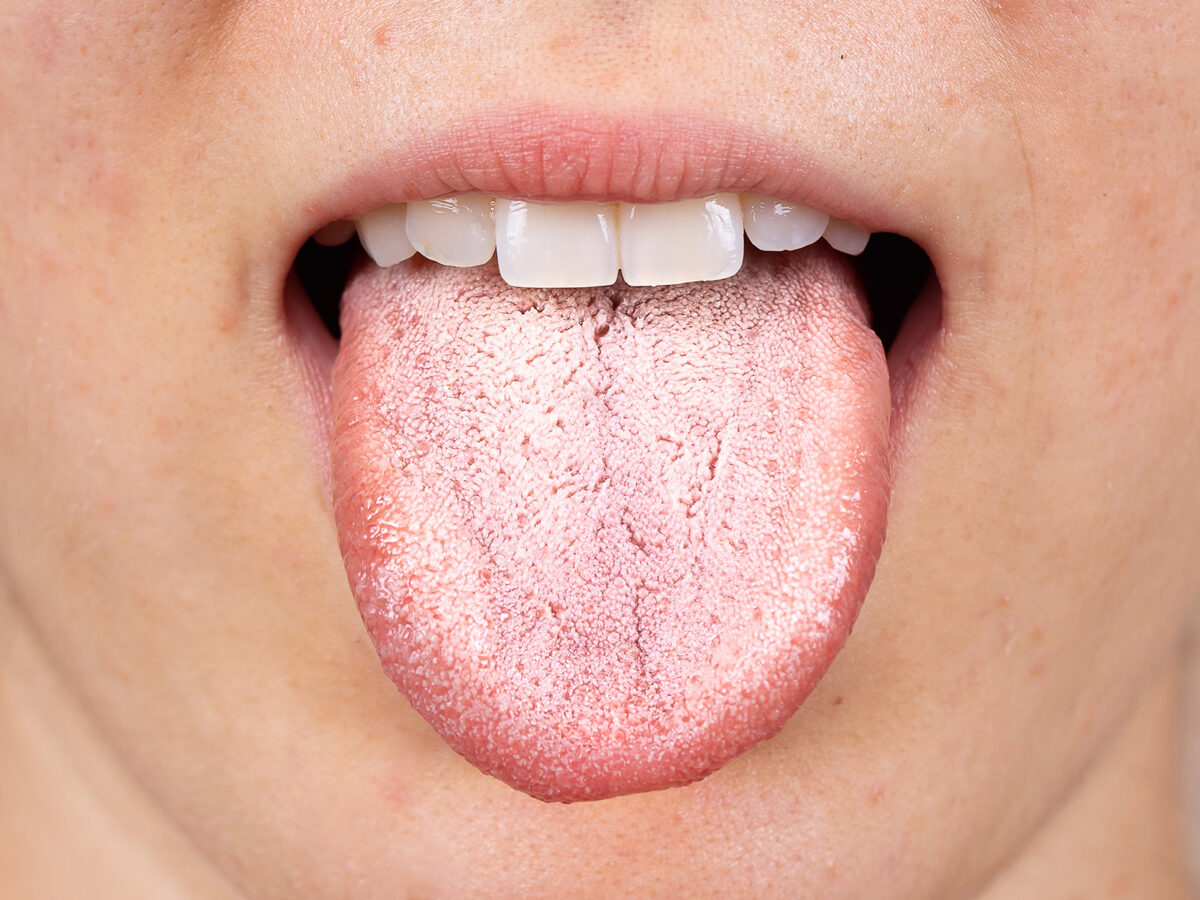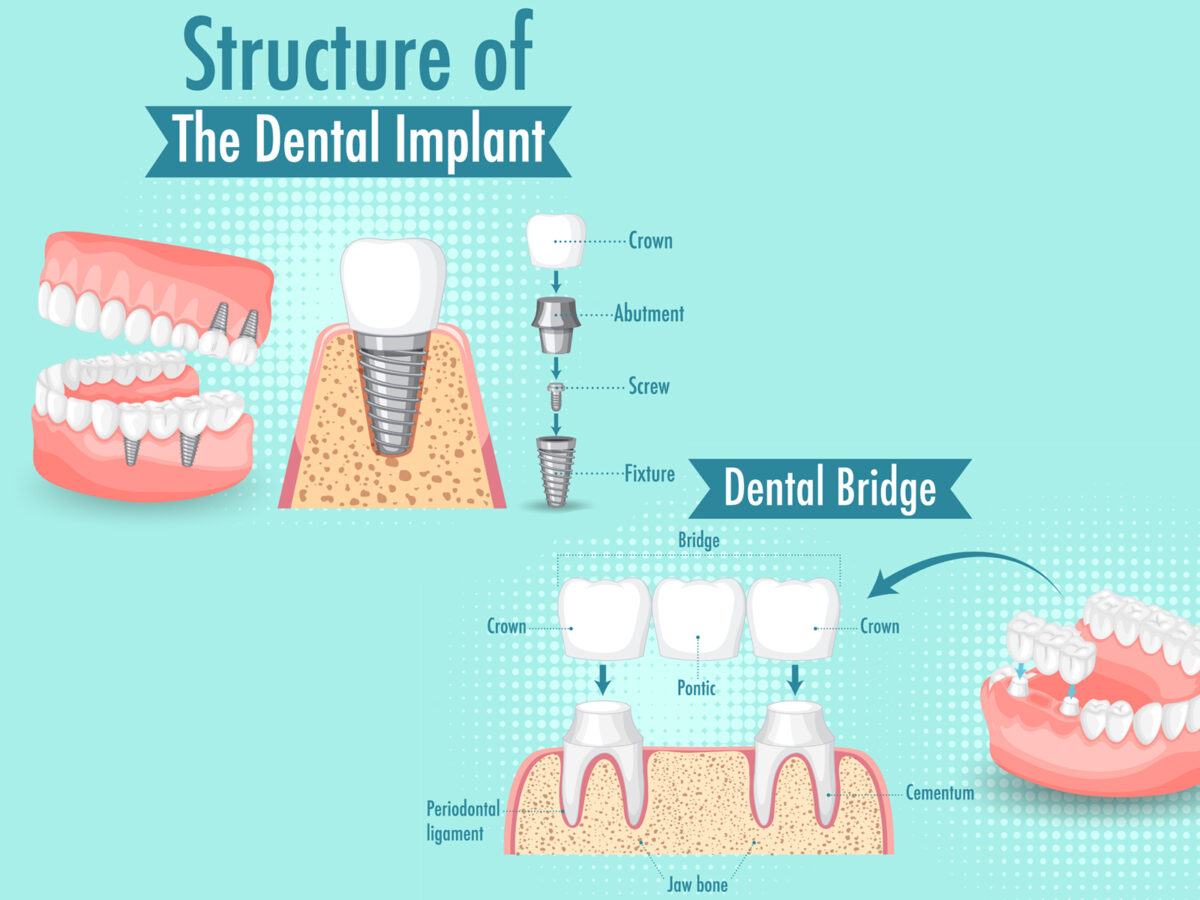Dentures play a crucial role in the lives of individuals who have lost their teeth for various reasons. Just like natural teeth, dentures require consistent care and attention to prevent complications. Without proper maintenance, they can become breeding grounds for bacterial or fungal infections, potentially harming the gums.
Taking care of your dentures not only ensures their longevity but also boosts your confidence. Following your dentist’s guidelines and the tips provided in this blog will help you maintain clean and fresh dentures, minimizing potential damage.
Why is Denture Care Vital?
Dentures restore the confidence to speak, laugh, and eat as one did before tooth loss. Proper denture storage is crucial to maintain oral health and prevent infections or gum discomfort. Always adhere to your dentist’s storage recommendations.
Dentures are designed for daily use and should be stored in protective containers with appropriate solutions overnight. This prevents potential damage from mishaps. Just as you prioritize your oral hygiene, denture cleanliness is equally essential. This includes rinsing them before wearing, avoiding abrasive toothpaste, and seeking dental advice when issues arise.
How To Store Dentures
The ideal way to store dentures is in a solution of clean water. Some brands offer specialized denture cleaning solutions, which are excellent alternatives. Proper storage prevents bacterial and fungal growth and combats odor.
When not in use, dentures should be placed in a sturdy container filled with lukewarm water. Avoid using boiling water as it can warp the dentures. Always rinse them before reinserting into your mouth. Some denture solutions can cause discomfort, a burning sensation, or even induce vomiting if ingested.
Tips For Storage
To extend the lifespan of your dentures and ensure their proper maintenance:
- Keep dentures moist to prevent them from losing their shape.
- Opt for the appropriate denture cleanser solution.
- Rinse dentures before and after wearing them.
- Store dentures in a secure location to avoid accidental drops or knocks.
- If dentures become ill-fitting, consult your dentist.
- Always heed the advice and instructions of dental professionals.
Don’ts of Storage
While there are essential steps to follow for denture storage, it’s equally important to know what to avoid:
- Never place your dentures in boiling water, as the extreme heat can warp them.
- Avoid using whitening agents or bleach for cleaning; they can be damaging.
- Don’t wear dentures continuously; remove and clean them nightly.
- Refrain from using abrasive toothpaste. Opt for denture-friendly alternatives.
Final Thoughts
Dentures are an integral aspect of your appearance, and their upkeep is your responsibility. Investing just 5-10 minutes twice daily for proper care can make a significant difference. For a pain-free and infection-free oral environment, diligent denture care is paramount. The more effort you put into their maintenance, the longer they’ll serve you well.
Always prioritize your dentist’s instructions. Remember, dentures can warp in hot water or sustain damage if dropped. Ensure they’re stored securely. If your dentures cause discomfort or don’t fit correctly, schedule a visit to your dentist.





